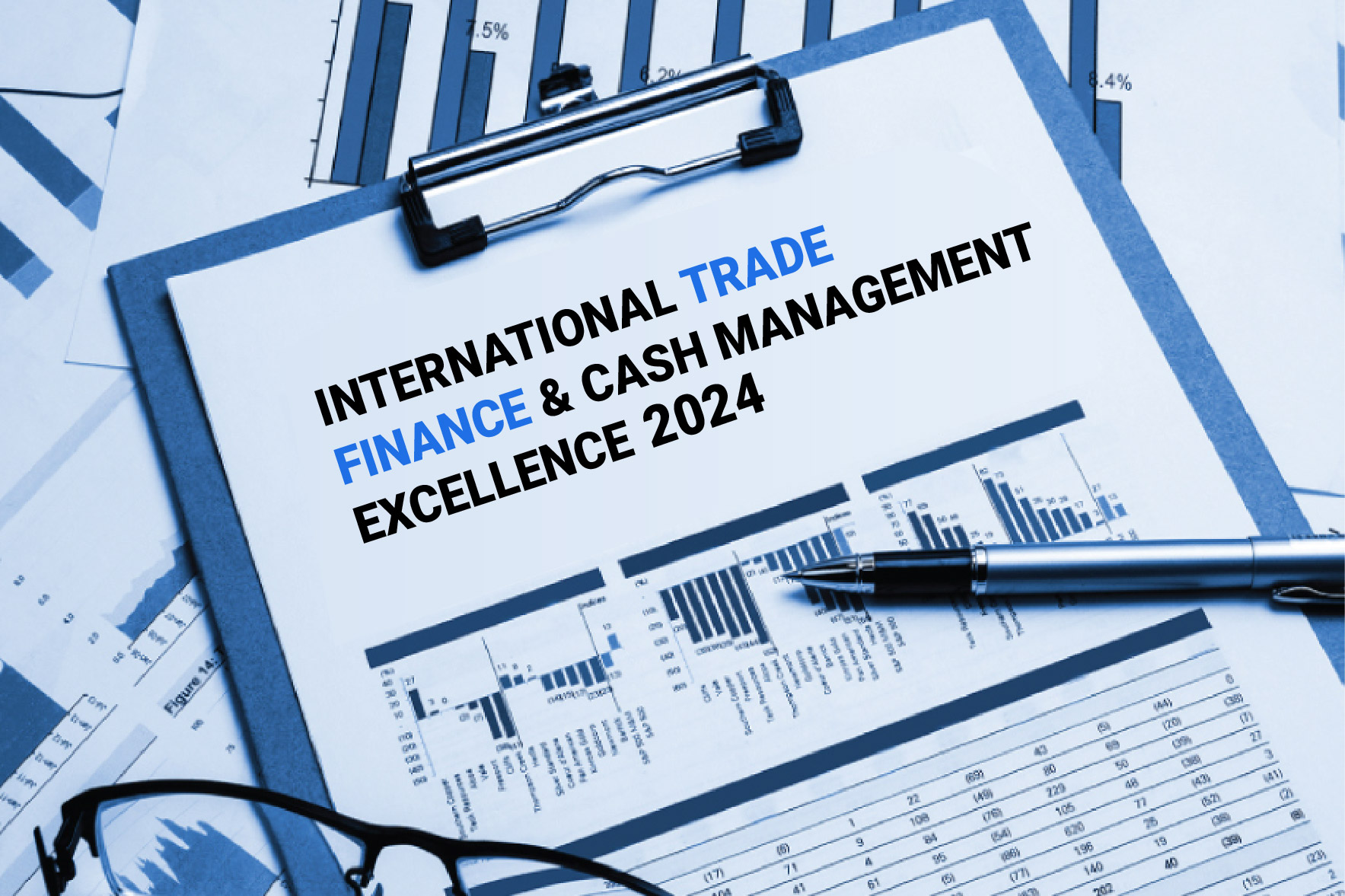If ever a product has changed in the last few years it is this trillion-dollar business. Viewed traditionally as a self-liquidating, non-interest, sensitive fee-earner, innovative bankers are learning all the lessons of the past and applying them to a world where commodity prices are as bullish as we have ever seen them and emerging market countries, rich with mineral, ore, energy and agrarian commodities are seeking to do business with the rest of the world.
Following the Post-Crunch G20 meeting, it was agreed by the world’s leaders to dedicate US$250 billion to promoting trade finance, which was a welcome recognition of the major role that trade finance has to play in restructuring the banking system. The risk management issue is as important as it has ever been as so many deals fail in the graveyard of political risk. In trade finance transactions, account managers are receiving a never-ending array of questions from credit managers who may not be experts in this subject. In fact, banks – who were leaders in trade finance some years ago – are rediscovering trade finance and its tremendous benefits to the bottom line.
This course opens up the communication channels between credit managers and trade finance managers in a highly practical manner. In three intensive days, this course confronts the current issues in international trade finance on a step-by-step basis. It will lead you through a thorough understanding of the risks and solutions involved. You will return to work fully aware of the best risk mitigation and internal communication techniques, ready to do business in a safe and prudent manner.

However, If you want to improve your performance then you should be there!
- Overview
-
If ever a product has changed in the last few years it is this trillion-dollar business. Viewed traditionally as a self-liquidating, non-interest, sensitive fee-earner, innovative bankers are learning all the lessons of the past and applying them to a world where commodity prices are as bullish as we have ever seen them and emerging market countries, rich with mineral, ore, energy and agrarian commodities are seeking to do business with the rest of the world.
Following the Post-Crunch G20 meeting, it was agreed by the world’s leaders to dedicate US$250 billion to promoting trade finance, which was a welcome recognition of the major role that trade finance has to play in restructuring the banking system. The risk management issue is as important as it has ever been as so many deals fail in the graveyard of political risk. In trade finance transactions, account managers are receiving a never-ending array of questions from credit managers who may not be experts in this subject. In fact, banks – who were leaders in trade finance some years ago – are rediscovering trade finance and its tremendous benefits to the bottom line.
This course opens up the communication channels between credit managers and trade finance managers in a highly practical manner. In three intensive days, this course confronts the current issues in international trade finance on a step-by-step basis. It will lead you through a thorough understanding of the risks and solutions involved. You will return to work fully aware of the best risk mitigation and internal communication techniques, ready to do business in a safe and prudent manner. - Benefits
-
- Who Should Attend
-
However, If you want to improve your performance then you should be there!
- Agenda
-
Introduction to Trade FinanceIntroduction to Structured Trade FinanceTrade Finance InstrumentsSources and Forms of Trade FinanceLoan SyndicationOperating Examples of Various Trade Finance InstrumentsInternational Trade Payment Instruments - Part 1International Trade Payment Instruments - Part 2International Payment Systems – Part 1International Payment Systems – Part 2Supply Chain Finance – Part 1Supply Chain Finance – Part 2




